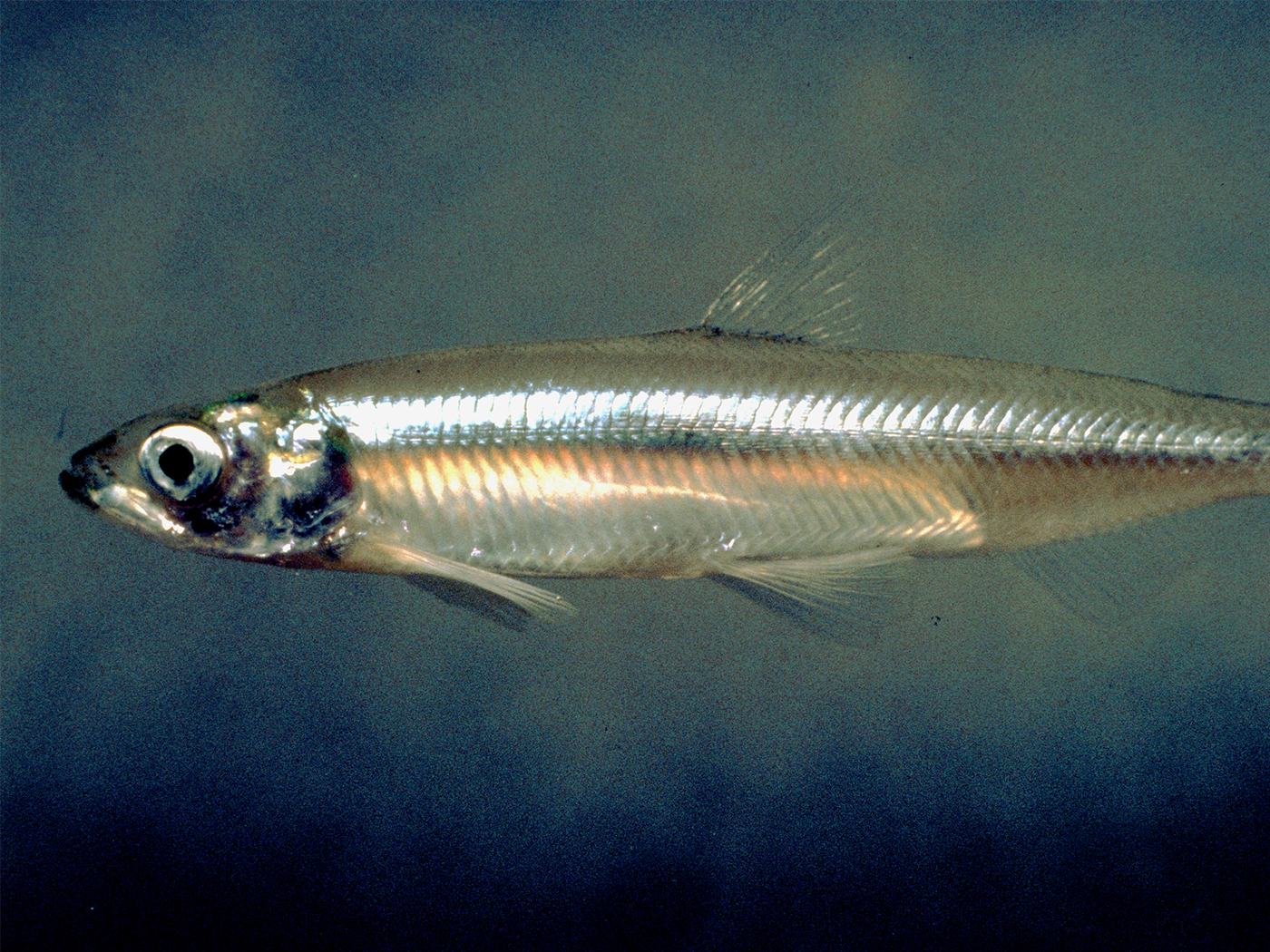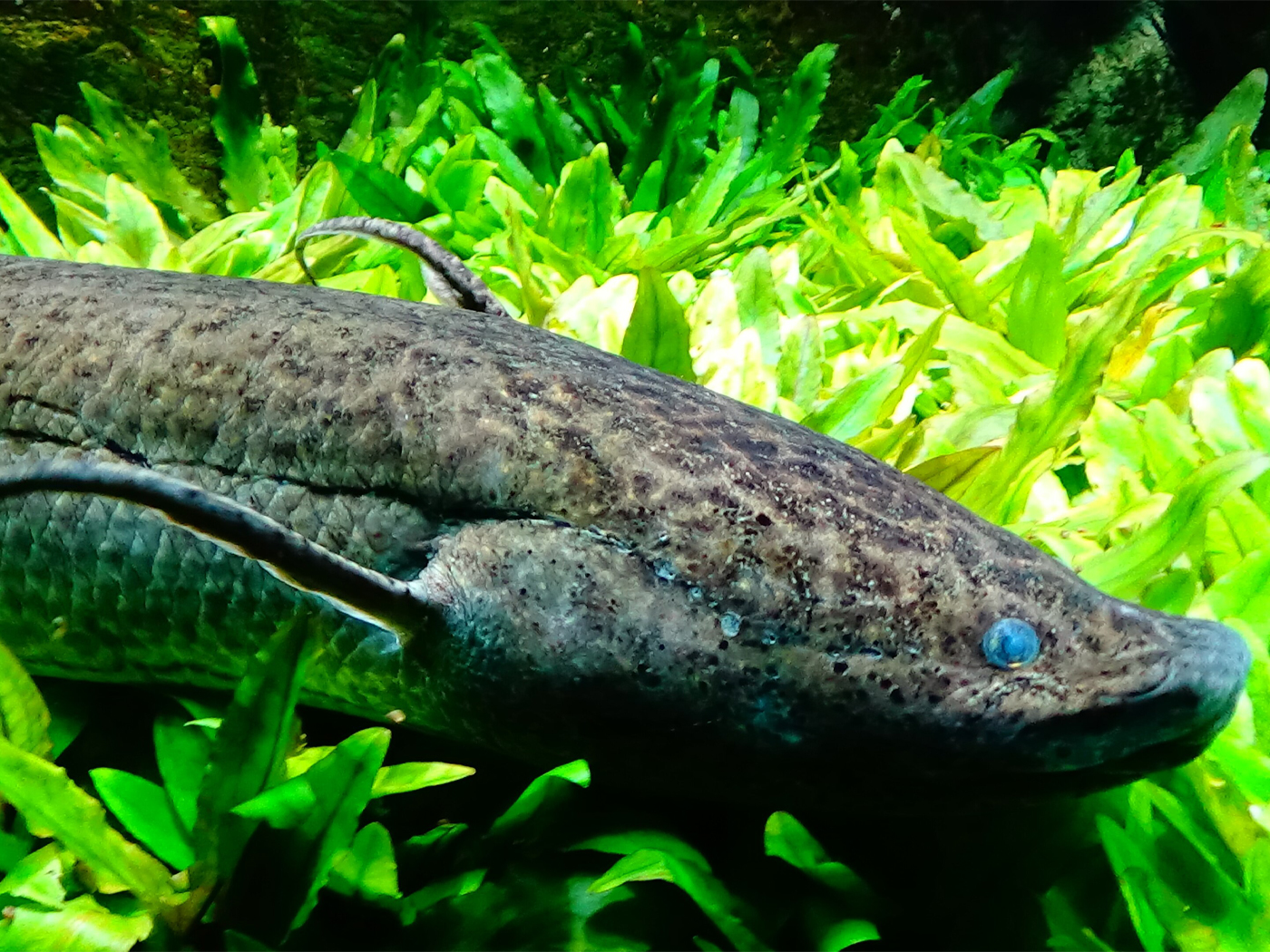"Phylogenies," or evolutionary trees, are diagrams that illustrate how certain plants or animals supposedly evolved and branched out from common ancestors. Charles Darwin drew one, usually referred to as his "tree of life," in one of his notebooks. Scientists since then have compiled thousands of phylogenies, but they continue to conflict with one another, presenting a confused and contradictory picture of evolutionary history.
Authors of a recent study published in the Proceedings of the National Academy of Sciences noted that most evolutionary trees do not show extinctions, but instead depict an ever-increasing diversification of species over time. However, the fossil record does show extinctions, and the study authors wrote that this inconsistency "is puzzling, and it casts serious doubt on phylogenetic techniques [using evolutionary trees] for inferring the history of species diversity."1
This admission should signal the fundamentally flawed nature of Darwinian evolution's premise that complex life evolved from simpler forms. Are the countless published phylogenies all to be distrusted? Other evolutionists have thought so, since "an onslaught of negative evidence" consistently plagues the whole tree-building enterprise.2
Since patterns drawn from evolutionary trees contradict patterns drawn from the fossil record, the scientists of this particular PNAS report proposed a new method of building evolutionary trees that they thought might fix this problem. They factored into their phylogeny-building equations rapid evolution, slow evolution, no evolution (called "stasis"), and even reverse evolution (extinctions). This should supposedly help build more historically accurate phylogenies in cases where groups of animals or plants "lack a reliable fossil record."1
The researchers attempted to demonstrate their new technique by applying it to cetaceans, an order of swimming mammals that includes whales and dolphins. They formed phylogenies for five "primary cetacean groups" and then averaged the results to depict the total number of species over evolutionary time.1 But why couldn't they just have analyzed all cetaceans at once? In the end, their analysis appeared to manipulate the data until they very loosely fit the cetacean fossil record.
Both the cetacean fossil "history" and phylogeny used in the PNAS study were built on evolutionary assumptions. That circular reasoning was far removed from the actual data and hardly represents an objective approach. Despite its effort to rescue the use of evolutionary trees in tracing evolutionary histories, this report merely succeeded in emphasizing their consistent failure to match even evolutionary interpretations of the fossil record.
Since the fossil record does not contain any hints of molecules-to-man evolution, it makes sense that evolutionary trees continually conflict with it. Fossils instead show that creatures were created as distinct life forms from the beginning.3
References
- Morlon, H., T. L. Parsons, and J. B. Plotkin. Reconciling molecular phylogenies with the fossil record. Proceedings of the National Academy of Sciences. Published online before print September 19, 2011.
- Lawton, G. 2009. Why Darwin Was Wrong About the Tree of Life. New Scientist. 2692: 34-39.
- Gish, D. 2006. Evolution: The Fossil Record Still Says, No! El Cajon, CA: Institute for Creation Research.
* Mr. Thomas is Science Writer at the Institute for Creation Research.
Article posted on September 30, 2011.



















